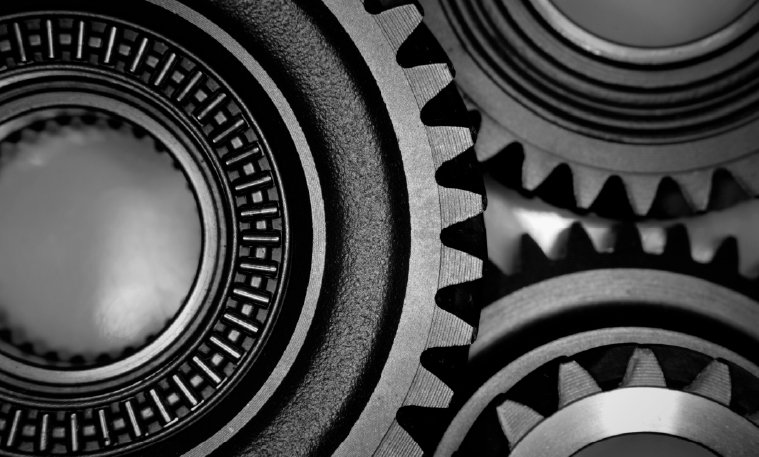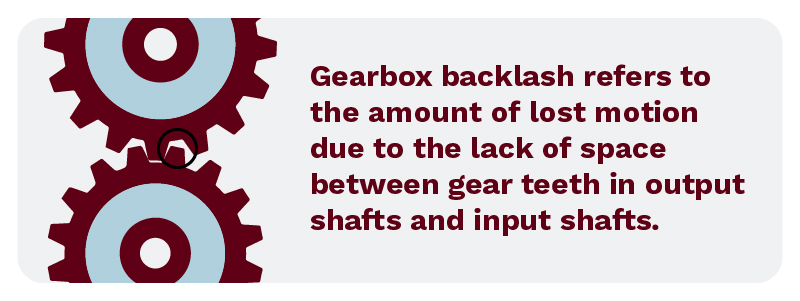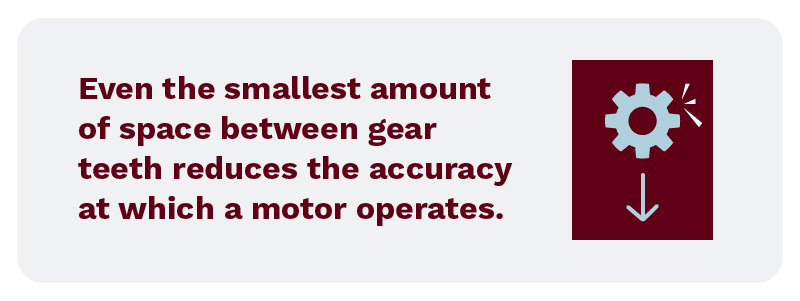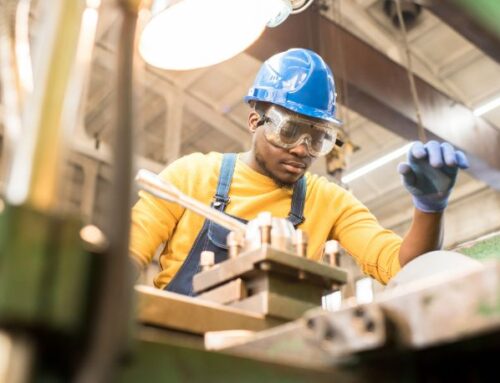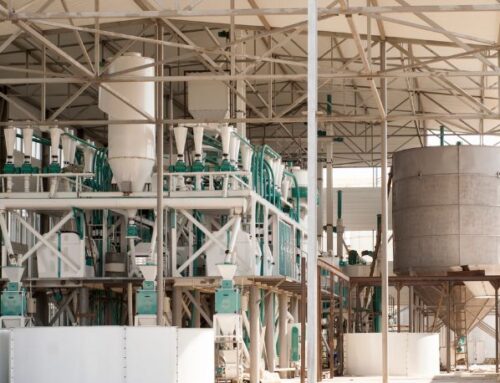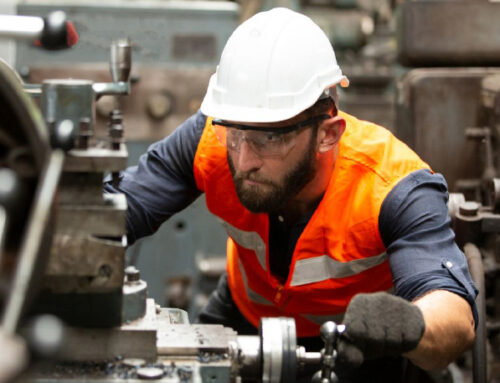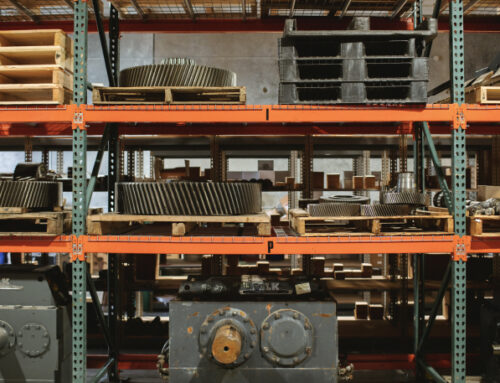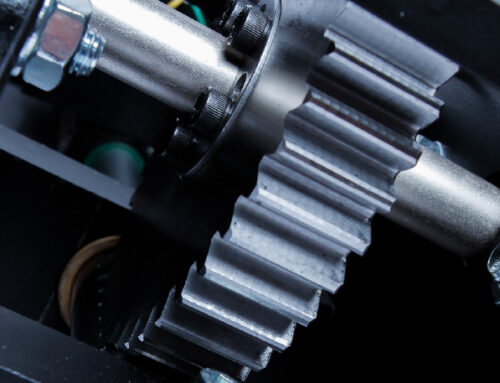When it comes to industrial gearboxes, backlash refers to the amount of space between gear teeth in output shafts and input shafts. While industrial gearboxes are often designed to manage some backlash to keep gear teeth from jamming, too much movement can be problematic.
Backlash isn’t always a problem with smaller and simpler machines, but it grows increasingly challenging with larger and more sophisticated motors.
In this article, NW Industrial Sales, LLC explores the topic of backlash in gearbox operation, as well as ways to minimize potential problems it might cause.
What is the Function of a Gearbox?
The primary function of a gearbox is to reduce or increase the speed of motors in industrial settings. Gearboxes are used in a wide variety of industries—including manufacturing, shipping, maritime, and power.
How Gearboxes for Electric Motors Work
Gearboxes work by increasing or decreasing torque in an inverse capacity to the speed of electric motors. To illustrate, if the function of a gearbox is to reduce speed, it will increase torque internally, while simultaneously slowing the electric motor.
What to Know About Industrial Gearbox Backlash
Backlash is also sometimes referred to as “lash or play.” You can tell the amount of backlash by the amount of space between gear teeth when you switch a gear train into reverse.
A commonly used example for backlash is the way that railway couplings take up slack when a train switches directions. The longer it takes for the couplings to tighten, the more backlash there is present in the gear teeth.
Manufacturers produce gears with different levels of backlash. Cheaper components that are not part of larger gear trains can have quite a bit of backlash. Conversely, precision gear trains with hardly any backlash can be quite expensive to manufacture.
Is Backlash Bad for Gearboxes?
Depending on the application of your machine and the severity of the issue, backlash can be a good thing or a bad thing.
When engineers design gearboxes, they always do so with at least some backlash between the teeth. This space keeps teeth from binding while also allowing you to add lubricating oil as necessary. In turn, these practices actually help prevent damage to gearbox teeth.
Benefits aside, even the smallest amount of space between gear teeth reduces the accuracy at which a motor operates. Backlash isn’t always an issue with smaller machines, but can damage a whole large system when a number of parts are connected – and subsequently play off one another. As reverberations begin from one set of gear teeth, they can escalate and grow to cause major damage in machines with electric motors.
Tips for Minimizing Backlash in Your Gearboxes
Especially when it comes to precision components, backlash can make it quite challenging to establish accurate positioning within large, sophisticated machines.
However, there are three ways to reduce or eliminate backlash:
- Precision gear reducers
- Modified gear designs
- Specialized speed reducer designs (e.g. cycloidal, harmonic, etc.)
Depending on the nature of your operation, accuracy requirements, and operating budget, any of these options might be feasible for reducing the backlash.
We Specialize in Gearbox Repair & Rebuild Services
Working with a gearbox repair service will help you determine the best course of action for solving operational problems.
Our team is available 24/7 and provides OEM-level gear drive repair and replacement solutions. In addition, we provide failure analysis, drive upgrades, and more.
Have questions about surplus gearboxes or backlash repair? Contact us today!
